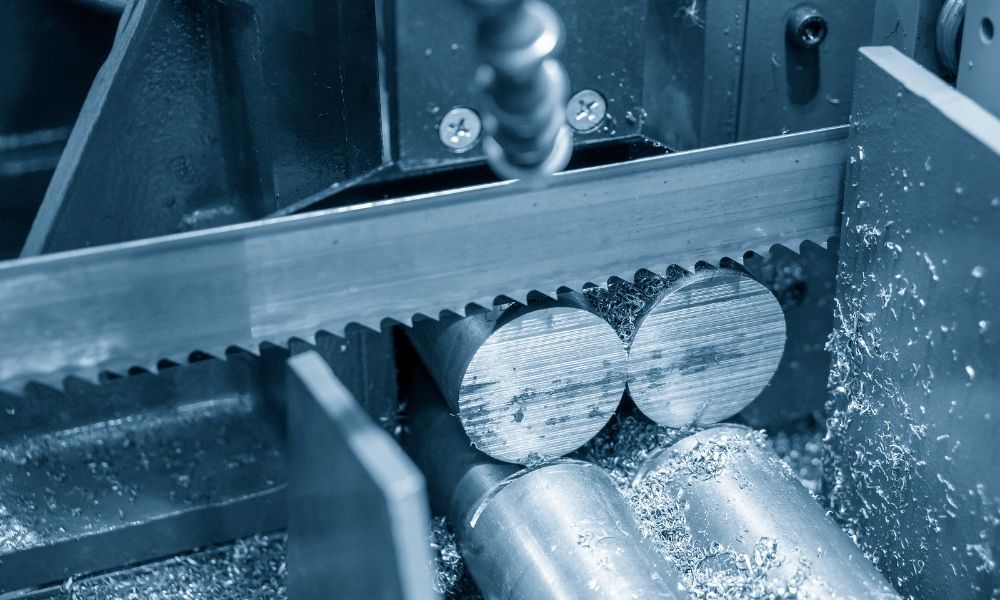In today’s rapidly evolving industrial landscape, understanding the machinability of metals has become increasingly crucial for manufacturers. The ability to efficiently and effectively cut, shape, and manipulate metals directly impacts production speed, costs, and final product quality.
The machinability of metals encompasses various factors, including tool wear, surface finish, and cutting forces. In this article, we will explore these factors and how they affect the manufacturing process. Through this exploration, manufacturers can better understand how to optimize their metal processing techniques for improved performance.

The Fundamentals of Machinability
What is Machinability?
Machinability refers to the ease with which a metal can be cut, shaped, or finished. It is a measure of how a material responds to mechanical processes like drilling, milling, and turning.
Key Factors Influencing Machinability
Several factors affect a metal’s machinability, including its composition, microstructure, and hardness. Understanding these properties allows manufacturers to choose the appropriate methods for metal processing.
Material Composition and Its Impact
Alloy Content
The alloy content in metals can significantly influence their machinability. For example, higher carbon content typically decreases machinability by increasing hardness and making the metal less ductile.
Microstructure
The microstructure of a metal dictates its mechanical properties and, therefore, directly impacts machinability. Grain size and phase distribution are key microstructural elements that play roles here.
Tools and Techniques Enhancing Machinability
Advanced Cutting Tools
Incorporating the latest in cutting tool technology can dramatically improve machinability by reducing tool wear and achieving better surface finishes. Advances in tool coatings and materials are vital here.
Coolants and Lubricants
Using appropriate coolants and lubricants reduces friction between the cutting tool and workpiece, prolonging tool life and enhancing the machinability of metals.
Understanding how to choose the right coolant can be found in articles such as this one on cutting carbon steel precisely.
The Importance of Surface Finish
Defining Surface Finish
Surface finish refers to the texture and smoothness of a metal after machining. A good surface finish is crucial for component performance and longevity.
Improving Surface Finish
Techniques to improve surface finish include optimizing cutting parameters and using advanced tooling. Articles like minimizing burrs in metal cutting provide insights on achieving superior surface quality.
Case Studies and Real-world Applications
Automotive Industry
In the automotive sector, the machinability of metals is key to producing reliable components such as engines and transmissions. Case studies from this industry highlight innovative approaches to metal cutting.
Aerospace Applications
Aerospace manufacturing demands precision, and the machinability of metals plays a critical role in meeting exacting standards. Techniques are continually refined to achieve superior results.

FAQs
What determines the machinability of a metal?
Machinability is determined by the metal’s hardness, alloy composition, and microstructure. These factors affect how a material interacts with cutting tools and its overall workability.
How can machinability be improved?
Improving machinability can involve using cutting-edge tool materials and coatings, optimizing cutting parameters, and employing effective coolants and lubricants. More can be learned from resources on effective metal cutting.
Why is machinability important in manufacturing?
Machinability is crucial as it influences production efficiency, costs, and quality. Good machinability allows for faster production speeds and better component quality.
This article contains affiliate links. We may earn a commission at no extra cost to you.

